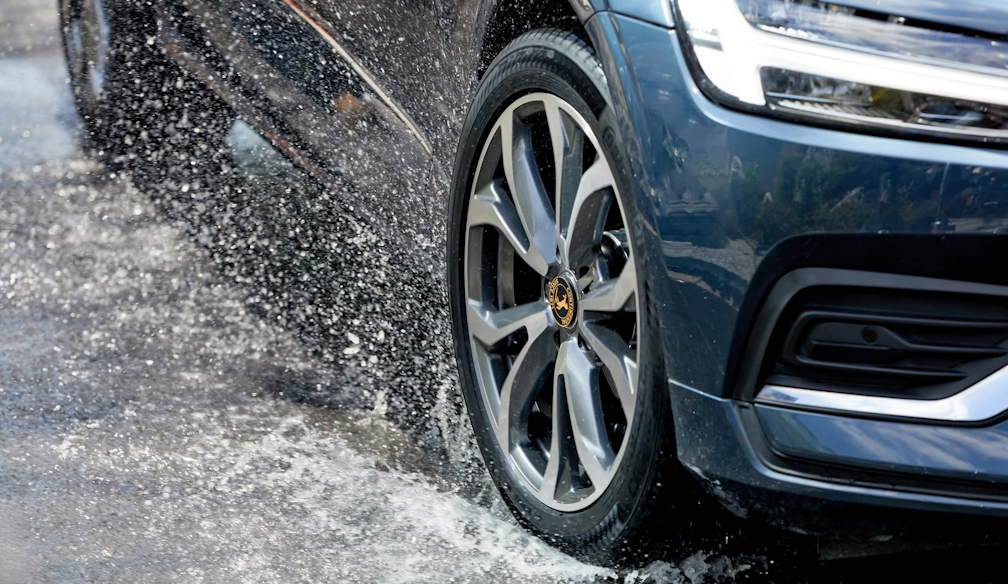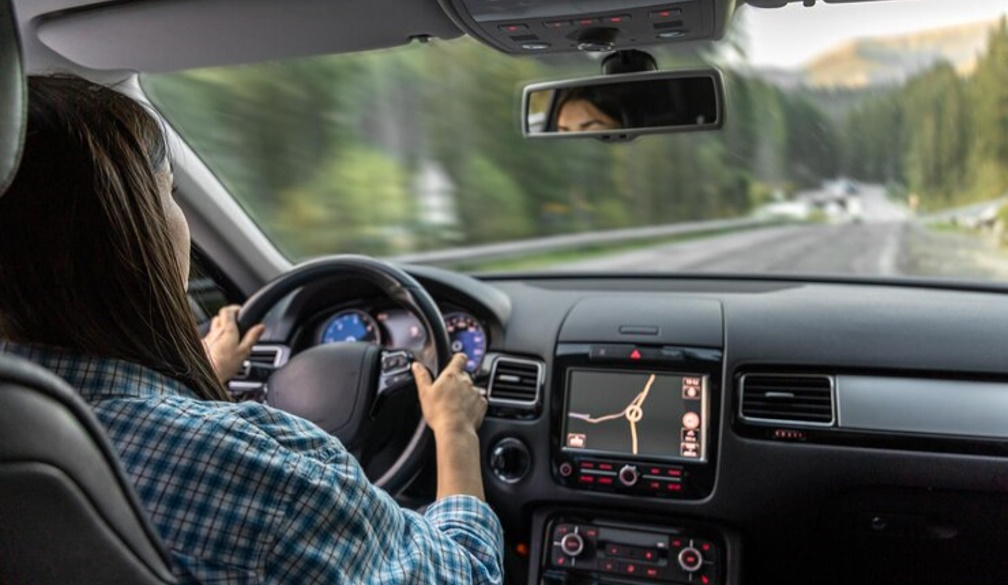Tips for Wet Weather Driving

A recent Continental Tyres survey found that over a third (34%) of Australian drivers are fearful of driving on wet roads.
With the Bureau of Meteorology predicting a rainy Spring season, now is the perfect time for road users to brush up on wet weather driving tips.
Brake carefully and be in full control:
In wet weather, braking distances increase significantly, and sudden or forceful braking can cause the vehicle to skid, especially on slippery roads. To reduce the risk of skidding or losing control, try to decelerate by easing off the accelerator well in advance of any turns or stops, rather than relying on the brakes alone. If braking is necessary, apply pressure gradually and gently, using the ball of your foot while keeping your heel on the floor to maintain control. This smooth braking action can help prevent locking the wheels, which is a common cause of skidding. Anti-lock braking systems (ABS), which are now standard in most modern vehicles, can assist by preventing wheels from locking up, but driving carefully remains essential.
Maintain a greater distance between other vehicles:
Wet roads increase the time it takes for tyres to grip the surface, making it harder to stop quickly. In dry conditions, a two-second gap between vehicles is generally considered safe, but in wet conditions, it’s advised to double or even triple that distance. A gap of at least four to six seconds can give drivers enough time to react in the event of sudden braking or unexpected hazards on the road. Another benefit of maintaining a larger distance is avoiding the spray from other vehicles, particularly trucks and buses. Heavy spray from large vehicles can impair visibility, making it even more difficult to navigate wet roads safely.
Turn on your lights for better visibility:
Rain can drastically reduce visibility, not just for you but for other drivers on the road as well. Turning on your headlights during the day when it’s raining will help you see better and also ensure that other vehicles can see you. It’s especially important during heavy rain or if you’re driving through areas with mist or fog. Make sure to avoid using high beams, as the light can reflect off rain droplets or fog, reducing visibility even more. Regularly check your brake lights and indicators to ensure they are functioning properly, as these are vital in signalling your intentions to other drivers.
Check tyre inflation regularly:
Tire pressure plays a major role in how your vehicle handles in wet conditions. Under-inflated tyres reduce the contact patch with the road, which can increase the risk of aquaplaning (when the tyre loses grip and slides on the surface of the water). Over-inflated tyres, on the other hand, can reduce traction, making it harder to stop in wet conditions. Ensure your tyres are inflated to the recommended pressure listed by the vehicle manufacturer. This information is typically found on the inside of the driver's door or in the owner’s manual. Check tyre pressure at least once a month and before long trips to ensure optimum performance.
Regularly check tyre tread depth:
Tyre tread plays a critical role in dispersing water on the road, and worn-out treads greatly reduce your tyres' ability to maintain grip, especially at higher speeds. Tyres with insufficient tread depth (below the legal limit of 1.6mm) are much more prone to aquaplaning, where a layer of water builds up between the tyres and the road surface, causing a loss of traction. To maximise safety, Continental Tyres recommends changing your tyres when the tread depth reaches 3mm to ensure sufficient water dispersion and grip. Regularly inspect your tyres for signs of wear, using a tread depth gauge, or check the built-in tread wear indicators, which are small bars of rubber located in the grooves of the tyre. If the tread is level with these indicators, it's time for new tyres.
Utilise the latest tyre technologies for enhanced safety:
Modern tyre technology has advanced significantly, with innovations that dramatically improve safety in wet conditions. Continental’s MaxContact MC7 tyre, for instance, features a ReFlex compound that delivers better road contact and a shorter braking distance in wet weather. Additionally, the laser-cut 3D sipes (small slits in the tread blocks) help channel water away from the tyre’s surface, preventing hydroplaning and maintaining traction. Drivers who invest in high-quality, safety-focused tyres can enjoy greater peace of mind, knowing their tyres are built to withstand the challenges of wet weather driving.
Slow down and avoid standing water:
One of the simplest yet most effective ways to stay safe in wet conditions is to reduce your speed. Driving slower allows more of the tyre to make contact with the road, improving grip. Additionally, it gives you more time to react to unexpected situations. When driving through areas with standing water, such as puddles or partially flooded roads, reduce your speed even further. Hitting water at high speeds can cause aquaplaning, where the tyres lose contact with the road surface, leading to a temporary loss of control. If you find yourself aquaplaning, resist the urge to brake suddenly. Instead, ease off the accelerator and steer straight until the tyres regain traction.




